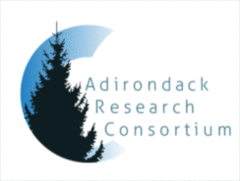Abstract
The abundant natural resources of the Adirondack Park, positioned in a setting of interspersed public and private ownerships and multiple jurisdictional layers of management, make for a place in which the competing interests of human use and enjoyment of the landscape and protection of its resources can create significant challenges. It is also a place where there is a critical role for applied science in informing policy and management decisions. Here we describe four examples in which applied science, combined with education and outreach, have been used to inform management responses to critical threats impacting the Adirondack landscape. This paper describes the work of two organizations who have invested heavily in the region, using place-based and collaborative approaches to inform important policy issues. We describe each as a case study and draw conclusions across all of them that provide useful lessons for conservation in the region.
Recommended Citation
Glennon, Michael; Holmlund, Eric; Kelting, Dan; Kretser, Heidi; and Smith, Zoe
(2019)
"Science to Inform Policy in the Adirondacks: Case Studies from the Great Experiment,"
Adirondack Journal of Environmental Studies: Vol. 23:
No.
1, Article 7.
Available at:
https://digitalworks.union.edu/ajes/vol23/iss1/7




